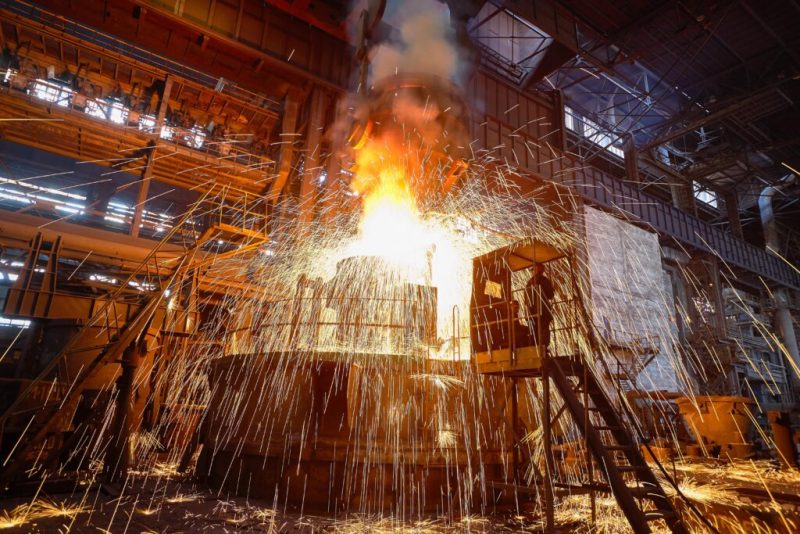
U.S. Steel Tariffs in 2025: A Boon or Burden for Metal Fabricators?
The 2025 U.S. steel tariffs, spearheaded by former President Donald Trump, are shaking up the metals industry yet again.
Tariffs now target nearly every global trading partner, and a staggering 125% tariff applies to Chinese steel imports.
These measures follow the earlier Section 232 tariffs, which aimed to protect domestic steel and aluminum producers.
Back then, prices rose sharply, and U.S. fabricators expressed frustration. Today, a similar pattern is unfolding, but with broader global consequences.
Tariffs Drive Up Costs While Planning Lags Behind
Since the start of 2025, hot-rolled coil steel prices have surged by over $200 per ton.
Fabricators now pay significantly more for Chinese-made components and materials than they did just months ago.
Despite these increases, many fabricators remain cautiously optimistic.
A recent Fabricators and Manufacturers Association survey found 45% support the tariffs for long-term manufacturing growth.
However, the same group shows concern about the lack of a coordinated long-term strategy.
Tariffs on imported machine tools and parts complicate operations for many small and mid-sized manufacturers.
These companies rely on foreign-made equipment and consumables, particularly for reshored production projects.
Without adequate access to global technology, U.S. manufacturing could lose momentum despite growing demand.
Policy Without Precision Risks Long-Term Damage
Trump’s sweeping tariff action lacks the precision that modern manufacturing policy requires.
Strategic investments and workforce development take years, not weeks, to build.
Factories need advanced equipment and skilled labor—both of which are in short supply.
While the U.S. steel industry, including firms like Nucor, has benefitted from protectionist policies, other sectors are feeling squeezed.
Higher costs and limited access to capital equipment threaten to stifle broader industrial recovery.
Many in the metals sector hope for smarter, targeted trade policies in the months ahead.
Without them, U.S. manufacturers could struggle to scale operations while absorbing tariff-related costs.




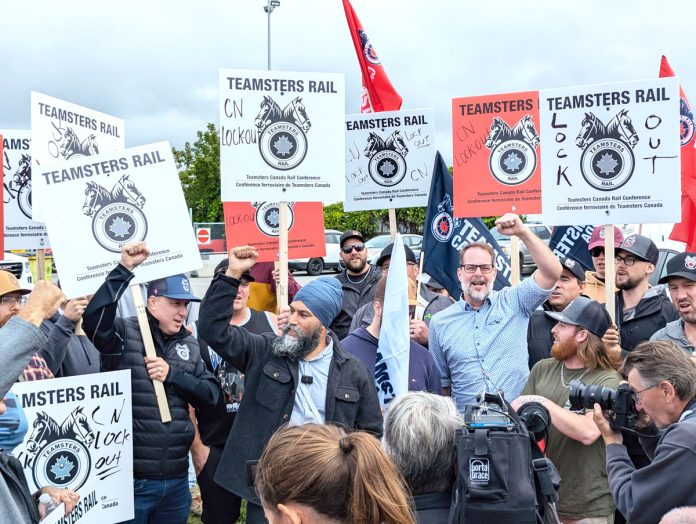


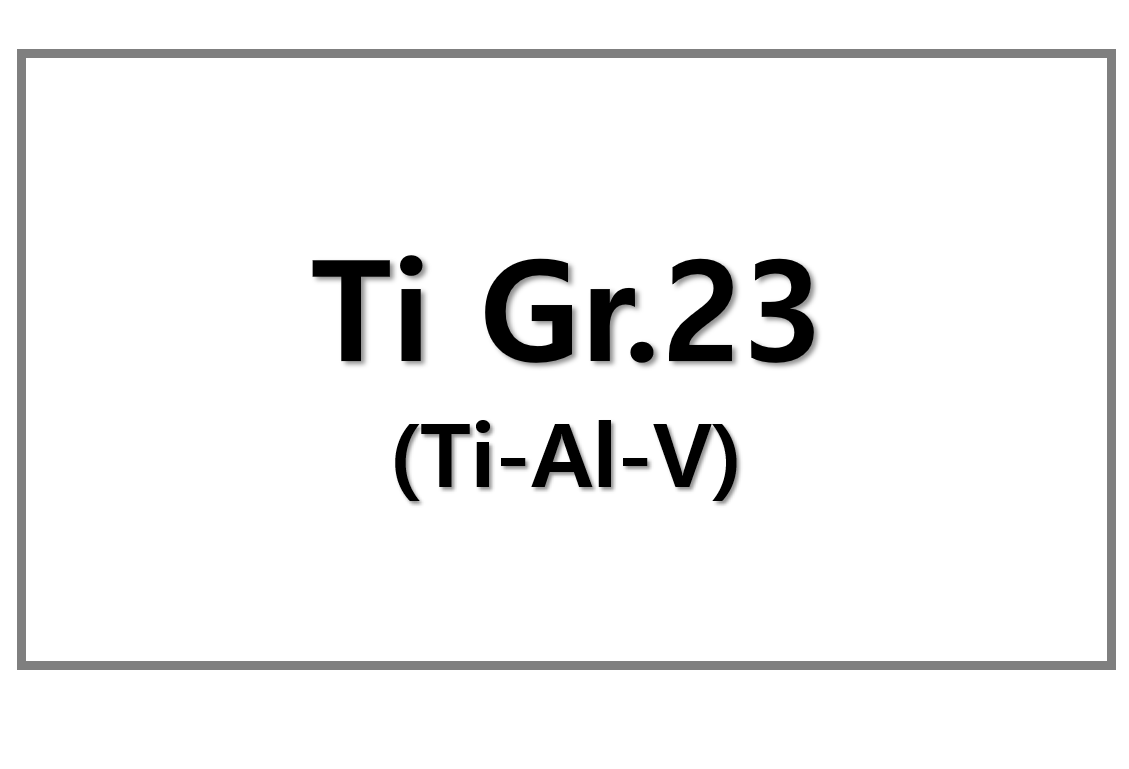
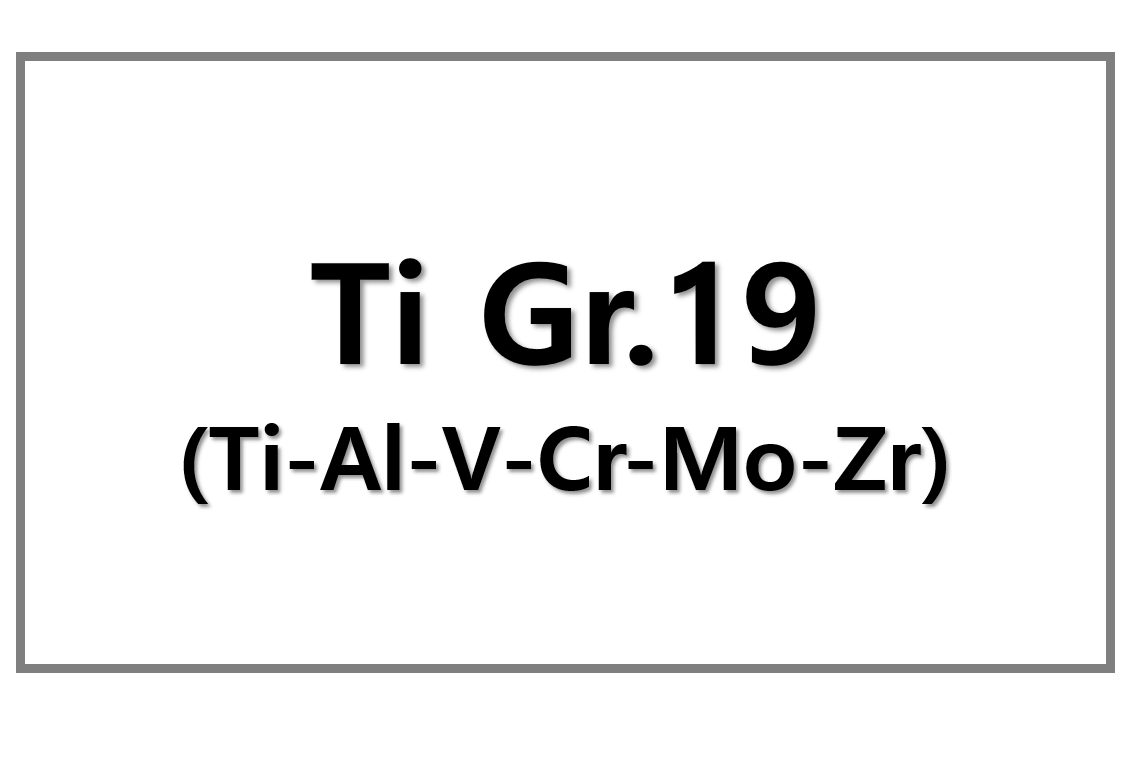
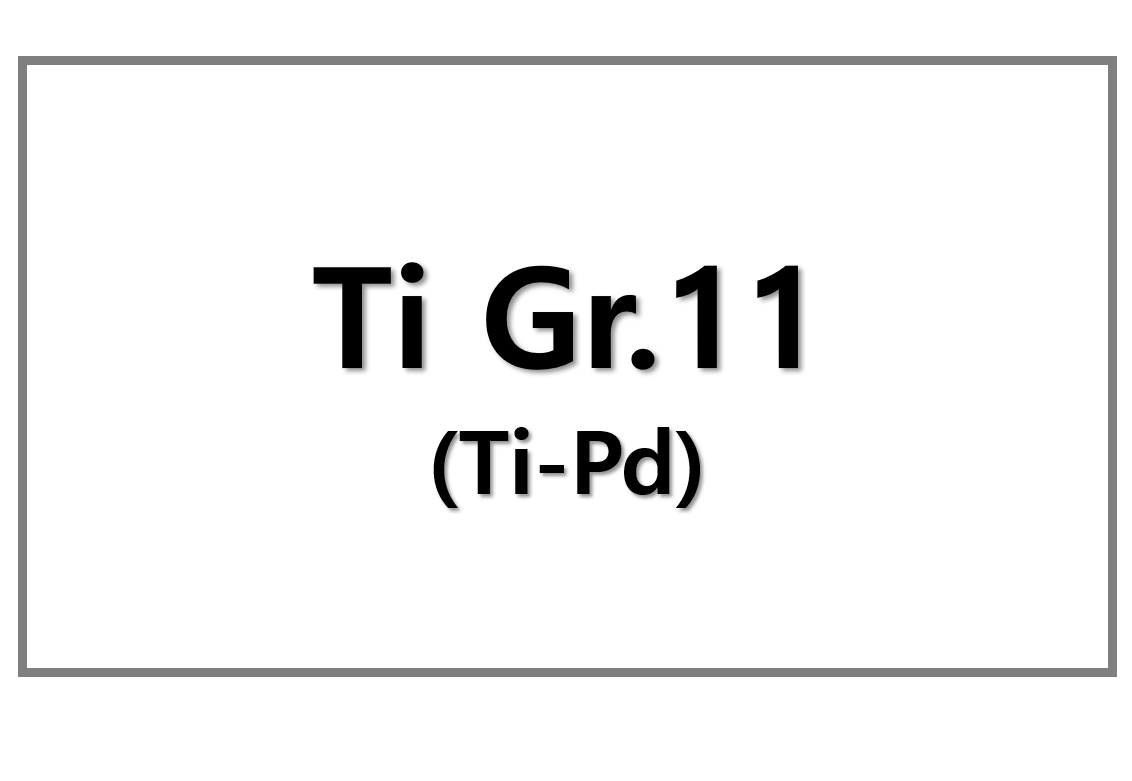
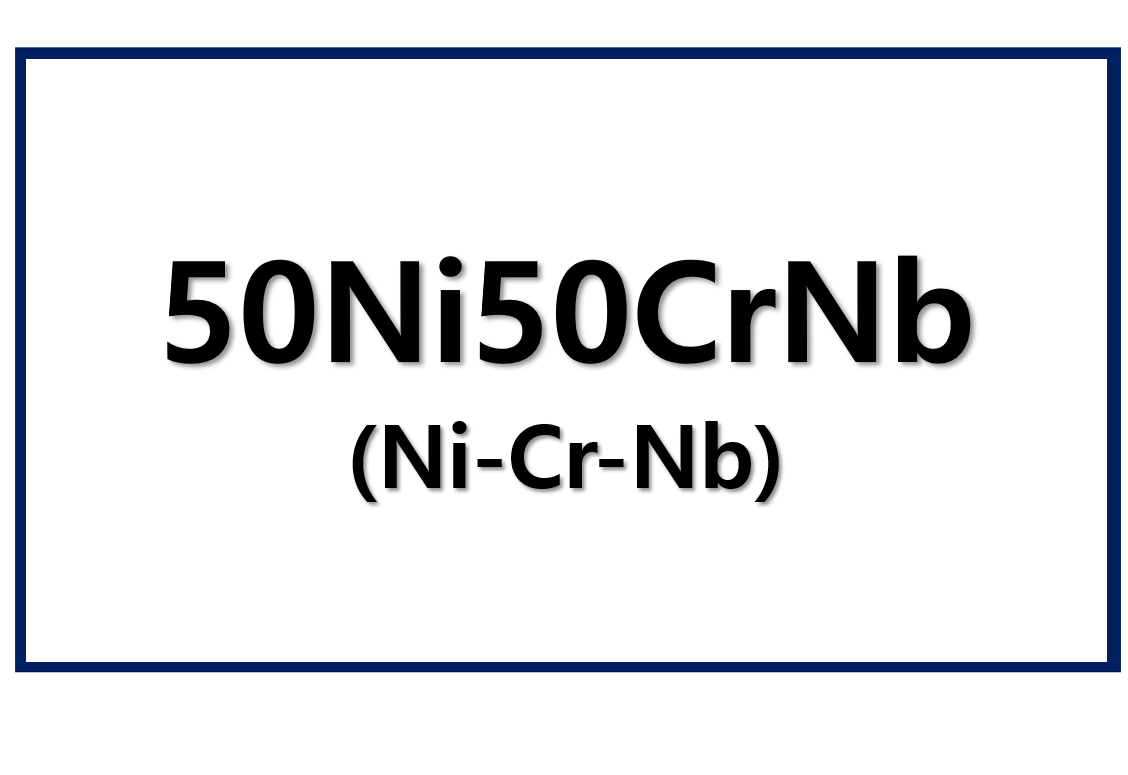
Leave a Reply
You must be logged in to post a comment.